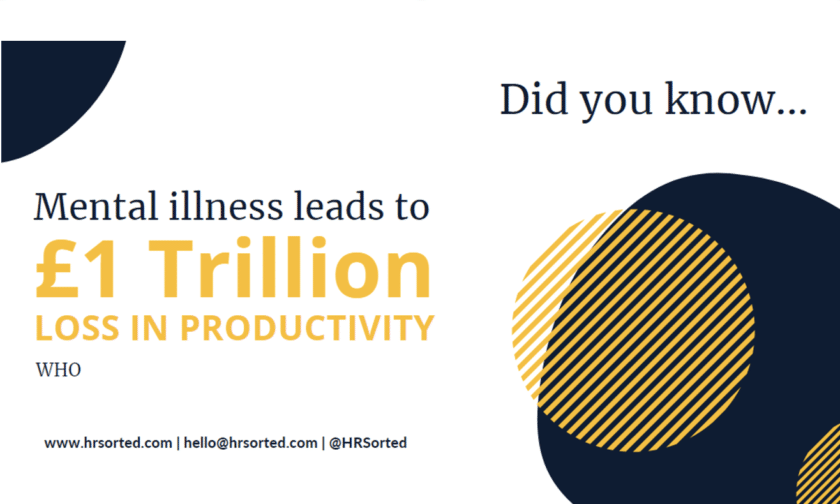Whether a firm has 3 or 3,000+ employees – health and wellbeing initiatives are often affordable but a highly important area in the overall employee benefits package, especially now.
What does a well-being strategy look like?
A well-being strategy should be designed to support employees individually but also as a collective. Deeply embedding this strategy into the culture of the company so it becomes a true way of life – effortless even!
It should always come back to the overall company strategy/target which often looks at employee productivity. If your employees are constantly sick, have low morale, and are disengaged then businesses will find it super difficult to grow and reach those top-line figures.
Where to start?
1. There are a lot of well-being tools on the market focusing on fitness or mindset, and more so in the last couple of years as we have seen many digital tools come out to support hybrid working and the effects of the pandemic. We believe a hybrid way of working is here to stay, so looking for a solution that gives employees a self-service approach but with a community aspect works best.
When you bring on a digital solution/tool, ensure you have that human-centric support from the provider too. From the tool itself to the rollout and ongoing communications – working with the provider here can help embed into your culture better and help with ‘top down’ support.
2. Understand by bullet pointing exactly what your business is looking for when it comes to employee wellness. What is it you are trying to achieve by this and then it’s much easier to make a decision.
A key factor here is ensuring that the senior leadership are 100% on board with this too. They need to be the ambassadors for anything that’s rolled out across the business, or people will never feel like it’s a true reflection of the culture you are creating. To help this, you could create a wellbeing steering group with senior leaders, managers and employees who will really help to get the wellbeing strategy and programme of to the best start.
3. Well-being strategies do not need to be complicated! By creating buckets for mindfulness, fitness and nutrition, covering three core areas of well-being, then you can create key communications, develop targeted health strategies and events and be able to support your employees holistically. If you hone in on just fitness for example, you’re only going to support a minority in the workforce. From here, you can then understand what sort of targets and reporting you’d like to measure on – sickness rates, engagement rates, how the workforce is feeling, what people are interested in etc.
It’s no shock to read that healthy and happier employee’s create better customer service outcomes, are more creative and overall, more productive. A recent survey showed, employees who report being happy at work take 10x fewer sick days than unhappy employees. It almost feels like a no brainer to have a wellbeing-focussed benefit in your company that’s truly embedded into your culture from day one right…?
* Stat source: Randstad USA






























